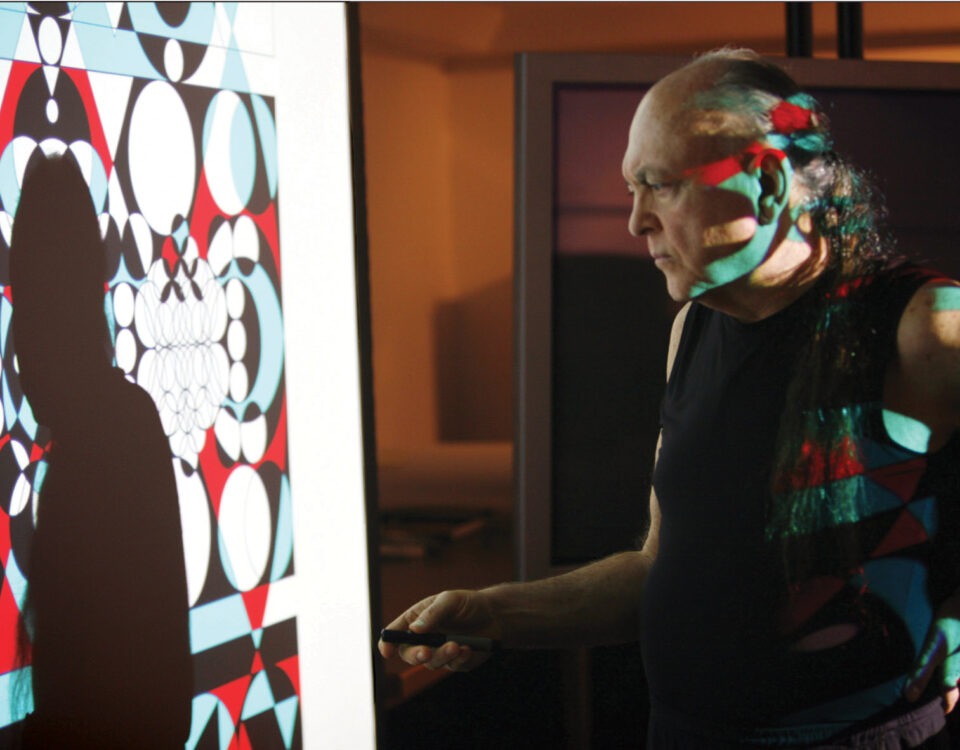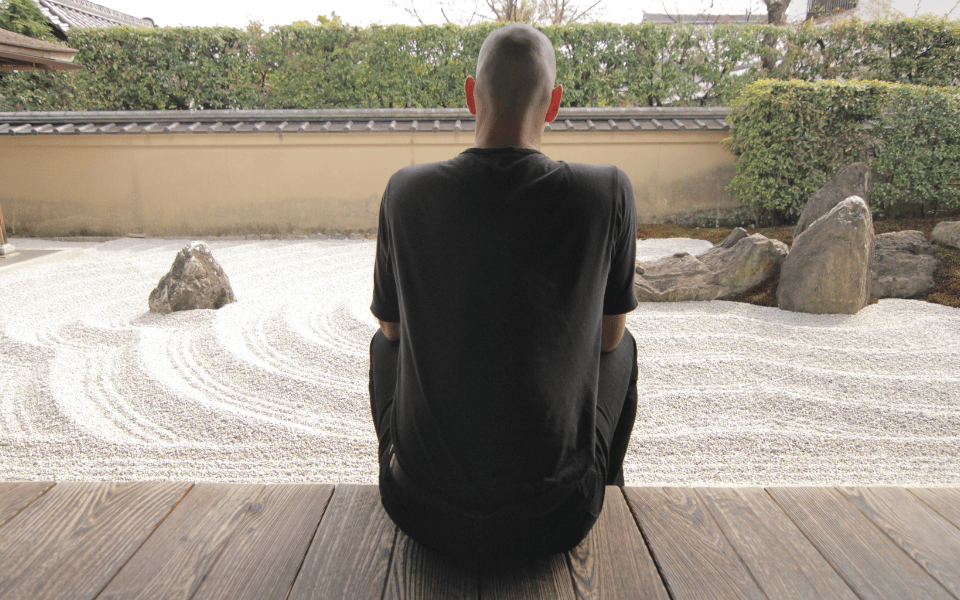In October of last year, twelve long-time students at Dharma Village / Dharma Ocean (I’ll call them the “DO12”) published an open letter disclosing “longstanding patterns […]
If we recognized that what we are attracted to in the guru is the war they are waging on their own pain, we would just watch them with whatever degree of empathy we could scrounge, see what their rage drove them to see, wonder at the ways in which their language bends the typical arc of the mind, and feel their terror expand our hearts into a greater tolerance for uncertainty. But we would not do what they told us to do. Because we would know that they were on their path, and we were on our own. Because we would know that the directions they really really want to give us are meant primarily to fulfill their own needs.
It’s helpful to remember that the best conversations end in radiant aporia – an impasse of language and thought brought about through empathy and interconnection. When conversants exhaust their content and fall silent in an awareness of the world that conjoins them, they enact socially what meditators have always sought in private yogic experience.
I started writing this the day my friend Michael Stone died. On that day, the surgeons carefully cut into the body associated with him, to take the parts that used to be him and give them to others in need.


